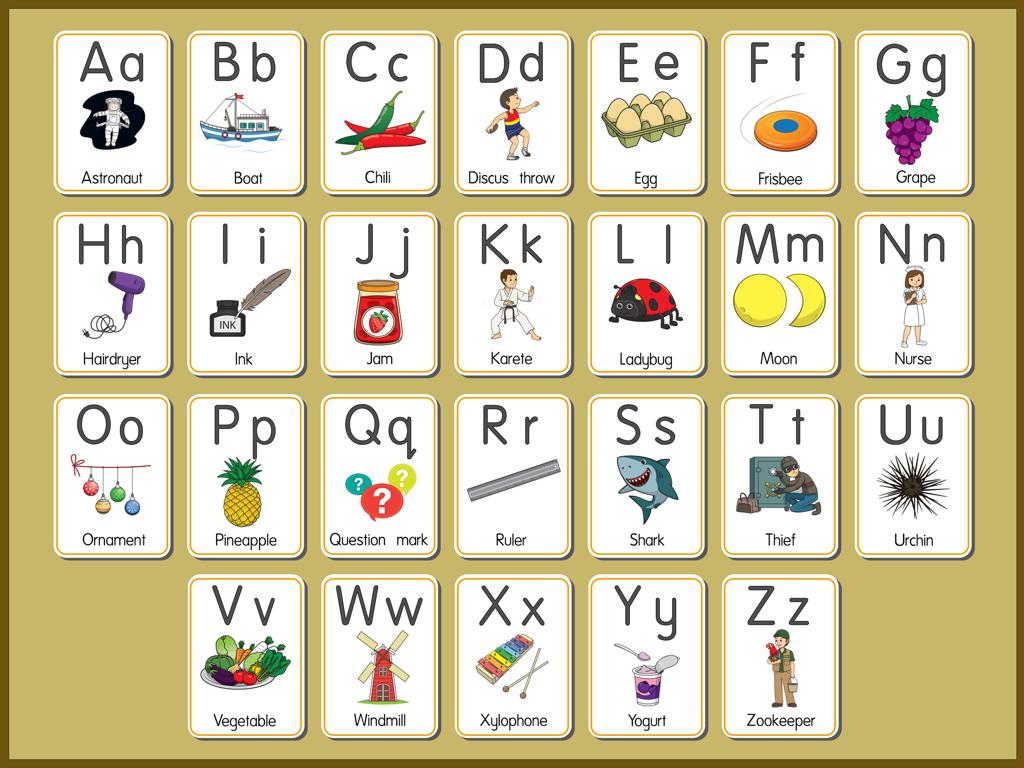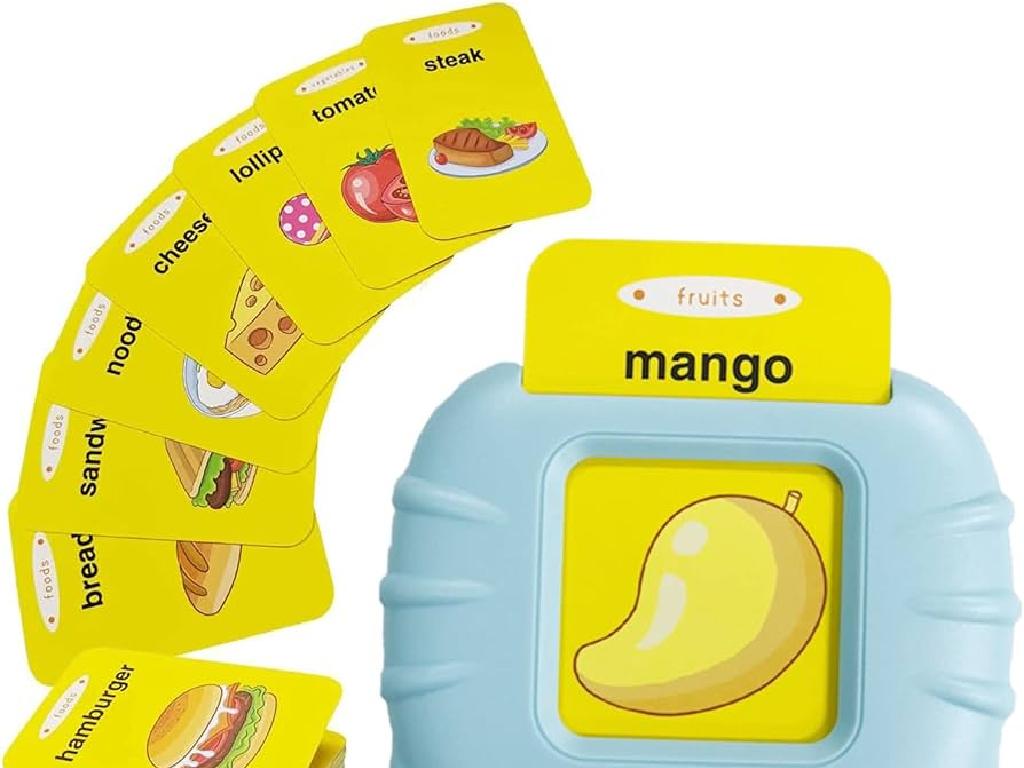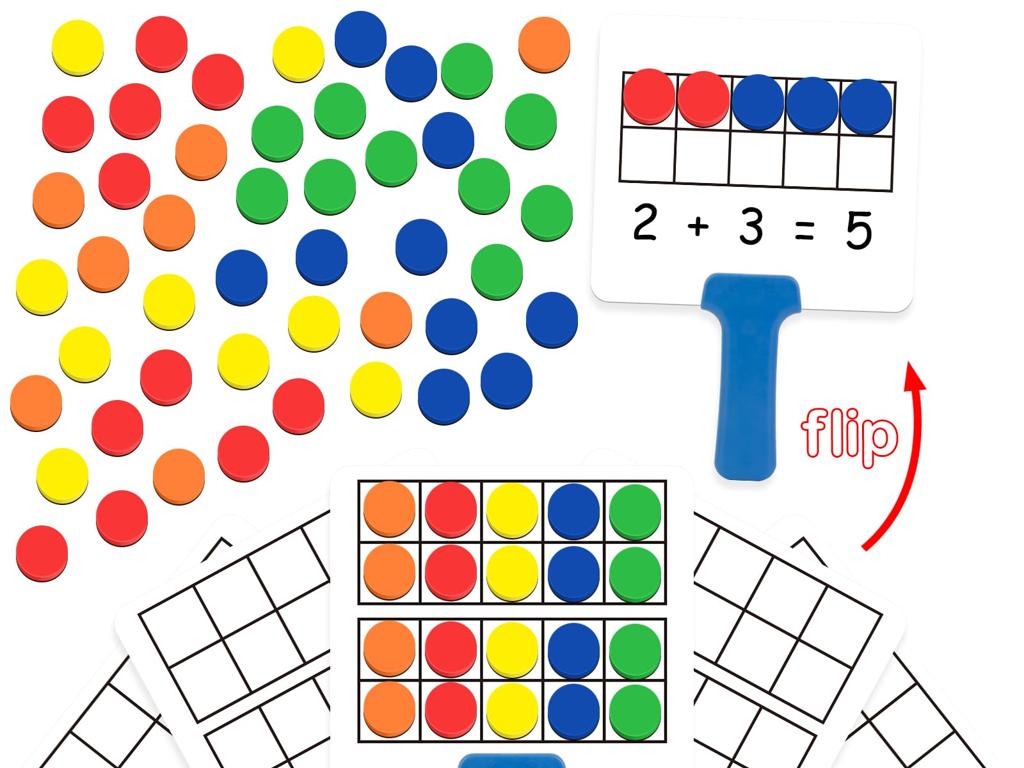Identify Even And Odd Numbers - Up To 100
Subject: Math
Grade: Second grade
Topic: Even And Odd
Please LOG IN to download the presentation. Access is available to registered users only.
View More Content
Welcome to Even and Odd Numbers!
– Learn about even and odd numbers
– Difference between even and odd
– Even numbers end in 0, 2, 4, 6, or 8
– How to spot even and odd numbers
– Odd numbers end in 1, 3, 5, 7, or 9
– Practice with numbers up to 100
– We’ll use number lines and counting games
|
This slide introduces second graders to the concept of even and odd numbers. Begin by explaining that numbers are categorized as either even or odd based on their last digit. Even numbers can be divided evenly into pairs without any leftovers, while odd numbers will always have one leftover. Use examples like pairs of socks (even) and a group of friends (odd) to illustrate the concept. Provide a number line and highlight even numbers in one color and odd numbers in another. Encourage students to practice by identifying whether numbers up to 100 are even or odd through interactive counting games and class activities.
Exploring Even Numbers
– Definition of even numbers
– Numbers with no leftovers when divided by 2
– Examples: 2, 4, 6, 8, 10…
– Dividing into two equal groups
– Imagine sharing cookies evenly with a friend
– Recognizing even numbers
– Numbers ending in 0, 2, 4, 6, or 8 are even
|
This slide introduces the concept of even numbers to second-grade students. Start by explaining that even numbers are those that can be split into two equal groups with nothing left over, which is a fundamental property of evenness. Use simple, relatable examples like sharing items equally between two people to illustrate this concept. Highlight the pattern that even numbers end with 0, 2, 4, 6, or 8, making it easier for students to recognize them. Encourage students to look for these patterns in everyday life, such as in the number of items they have or see around them. The goal is for students to understand and identify even numbers up to 100.
Exploring Odd Numbers
– Understanding odd numbers
– Odd numbers can’t split evenly
– Like trying to share 5 apples with 2 friends
– Examples: 1, 3, 5, 7, 9…
– These are all less than 10, but there are more!
– Odd number endings: 1, 3, 5, 7, 9
– Look at the last digit to find odd numbers
|
This slide introduces the concept of odd numbers to second-grade students. Begin by explaining that odd numbers are those that cannot be divided into two equal groups without having one left over. Use tangible examples, such as sharing an odd number of apples among two people, to illustrate the concept. Show the list of simple odd numbers and highlight that any number ending in 1, 3, 5, 7, or 9 is odd, regardless of what other digits come before it. Encourage students to practice by identifying odd numbers up to 100 and to notice the pattern in the last digit. This will help them quickly recognize odd numbers in larger sets.
Let’s Practice: Even and Odd Numbers
– Observe the number line
– Practice with numbers 1-100
– Fun facts about last digits
– Numbers ending in 0, 2, 4, 6, or 8 are even
– Even and odd number patterns
– Odd numbers end in 1, 3, 5, 7, or 9
|
This slide is designed to help students practice identifying even and odd numbers using a number line. Encourage the students to look at the pattern of even and odd numbers as they increase. Remind them that even numbers can be divided evenly into two groups with no leftovers, while odd numbers will always have one leftover. Use the number line to show that even numbers end in 0, 2, 4, 6, or 8, and odd numbers end in 1, 3, 5, 7, or 9. For the class activity, have students identify even and odd numbers on the number line and explain their reasoning. You can also introduce simple addition and subtraction with even and odd numbers to show how the last digit changes.
Group Activity: Sorting Even and Odd Numbers
– Work in small groups
– Sort number cards 1-100
– Place in ‘Even’ or ‘Odd’ pile
– Collaborate and discuss
– Talk about why a number is even or odd
|
This group activity is designed to help students practice identifying even and odd numbers through a hands-on sorting exercise. Divide the class into small groups and provide each group with a set of number cards ranging from 1 to 100. Students will collaborate to sort these numbers into two piles: one for even numbers and one for odd numbers. Encourage them to discuss their reasoning and to help each other understand why a number is classified as even or odd. Possible variations of the activity could include: using a timer to make it a race, having students pick numbers and explain their reasoning to the class, or creating a larger number line on the floor where students place the numbers in the correct order and identify even and odd numbers as they go.
Individual Practice: Even or Odd
– Try identifying even and odd numbers
– Complete the worksheet individually
– Use the worksheet to sort numbers up to 100
– Write numbers in the correct column
– Even numbers go in one column, odd numbers in another
– Review answers with a classmate
– After finishing, pair up to compare and discuss results
|
This slide is for a class activity focused on reinforcing the concept of even and odd numbers up to 100. Provide students with a worksheet that has two columns, one for even numbers and one for odd numbers. Students should work independently to categorize each number. After completing the worksheet, they should pair up with a classmate to check their answers and help each other understand any mistakes. This peer review process encourages collaborative learning and helps students articulate their understanding of the concept. As a teacher, circulate the room to offer guidance and ensure that students are correctly identifying even and odd numbers. Prepare to offer additional examples or strategies for students who may struggle with the concept.
Class Review: Even and Odd Numbers
– Reviewing even and odd numbers
– Remember, even numbers end in 0, 2, 4, 6, or 8
– Discuss questions and challenges
– What parts were tricky? Let’s solve them together!
– Share our findings with the class
– Tell us about the even and odd numbers you found
– Celebrate our understanding
|
This slide is meant to consolidate the students’ knowledge about even and odd numbers. Start by revisiting the concept that even numbers can be divided by two without leaving a remainder and typically end in 0, 2, 4, 6, or 8, while odd numbers cannot be evenly divided by two and end in 1, 3, 5, 7, or 9. Encourage students to ask questions about any part of the topic they found challenging, and facilitate a discussion to address these difficulties. Then, have students share examples of even and odd numbers they’ve identified, possibly from a list of numbers up to 100, to demonstrate their understanding. Celebrate their learning by acknowledging their progress and understanding. This review session will help reinforce their knowledge and build confidence in identifying even and odd numbers.
Game Time: Even and Odd Tag
– Understand ‘Even’ and ‘Odd’
– Stand up on ‘Even’ or ‘Odd’ call
– Hold your number card high
– Each student will have a number card from 1 to 100
– Let’s play and learn together!
|
This interactive game is designed to help second graders reinforce their understanding of even and odd numbers. Before starting the game, ensure each student has a number card ranging from 1 to 100. Go over what even and odd numbers are: even numbers end in 0, 2, 4, 6, or 8 and odd numbers end in 1, 3, 5, 7, or 9. During the game, call out ‘Even’ or ‘Odd’ at random intervals. Students should quickly respond by standing if their number card is even or odd, as called. This activity promotes active learning and helps students to quickly identify even and odd numbers. Possible variations of the game could include having students group themselves by even or odd numbers, or calling out a number and having students decide if it’s even or odd.
Even and Odd Numbers: Homework Fun!
– Congrats on learning even and odd!
– Homework: Find 10 even and 10 odd items
– Look for items like 2 shoes (even) or 3 crayons (odd)
– Record your items in your math journal
– Use drawings or words to show your items
– Draw or describe each item you find
|
This slide wraps up the lesson on even and odd numbers and transitions students into a practical homework assignment. Encourage them to explore their homes to find everyday items that can be grouped into even or odd numbers. This activity will help reinforce their understanding of the concept by applying it to real-world objects. Instruct them to use their math journals to either draw or write about each item, ensuring they reflect on why an item is classified as even or odd. This will also serve as a creative exercise, allowing them to express their findings artistically or through descriptive writing. During the next class, consider having a show-and-tell to discuss some of the items they found and categorized.






